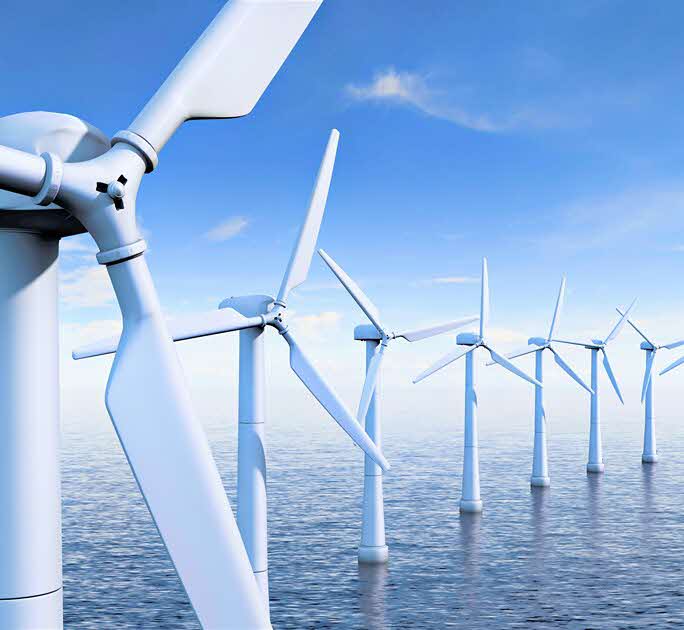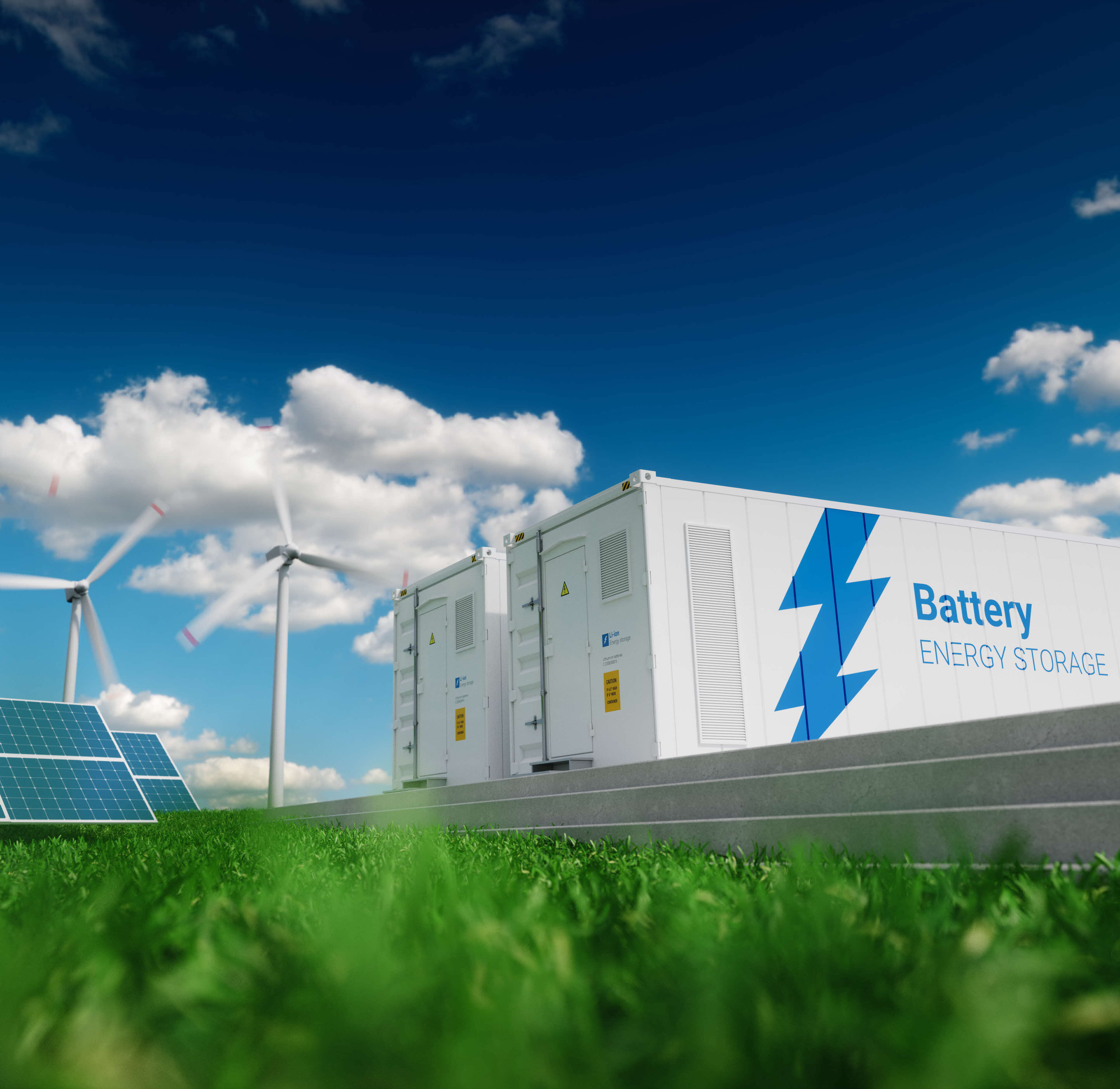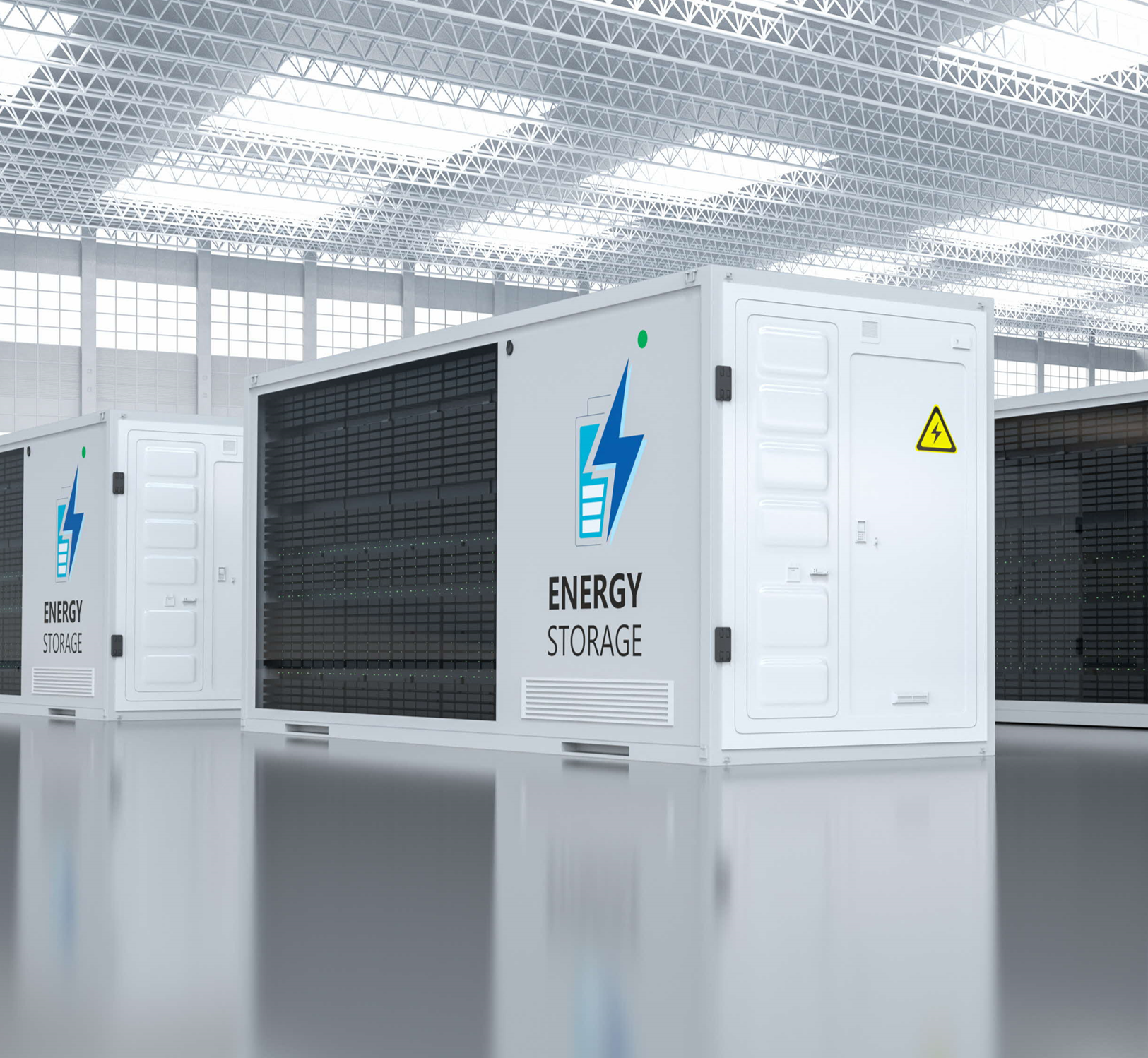A responsible energy transition: How Sembcorp is powering a sustainable future
Sembcorp Industries’ push to transform was driven by a few developments starting in 2015, when a plunge in oil prices signalled a shift in the outlook for the oil and gas sector. When the COVID-19 pandemic hit in 2020, resulting in an oil glut that prolonged the downcycle, Sembcorp made the decision to demerge its marine business.
This allowed Sembcorp to focus on its core energy and urban solutions businesses, and deepen its commitment to renewables, a move which would help drive the energy transition in the power sector and beyond, said Mr Eugene Cheng, who is the Group Chief Financial Officer and the President and Chief Executive Officer of Sembcorp’s Integrated Urban Solutions arm. This marked the beginning of a transformation plan to accelerate the decarbonisation of its power portfolio since 2021.
Eugene Cheng, Sembcorp’s Group Chief Financial Officer who is also President and Chief Executive Officer of its Integrated Urban Solutions business. Photo credit: Sembcorp
“Post-COVID, the global energy landscape was shifting. There was an increasing focus on decarbonisation and renewables,” said Mr Cheng, adding that Sembcorp’s strong presence in key renewables markets such as India, China, and Southeast Asia gave the company confidence to make the shift successfully.
The bold decision paid off. Today, Sembcorp is recognised as a leading renewable energy player in Asia, with a diversified portfolio across multiple markets. “The transformation journey was difficult, with securing funding being a key challenge,” said Mr Cheng. “But with strong support from banking partners like DBS, we were successful,” he added.
DBS has been a steadfast partner in Sembcorp’s transformation journey. From the early days of the company’s pivot to renewables, DBS has worked closely with Sembcorp to provide strategic advisory and financing solutions, helping the company to unlock capital as it charted its new growth path. This trusted relationship has been instrumental in helping Sembcorp scale its renewable energy portfolio across Asia.
A strong partner like DBS
Financing the energy transition requires more than just ambition – it demands significant investment. From new technologies to the land needed to install solar panels, considerable capital is required. In 2024, Sembcorp announced plans to invest S$10.5 billion in renewable energy over the next five years – a sum that represents 75 per cent of its total investments from 2024 to 2028.
Strategic partnerships with financial institutions, particularly with DBS, were key for Sembcorp. “If we wanted to drive the energy transition at the scale that we were talking about, then it was very important to have partners like DBS on board,” said Mr Cheng. “Having financial institutions that are aligned with sustainability and willing to drive capital deployment for green solutions is absolutely crucial.”
In 2021, the company was seeking green financing to reposition its portfolio and drive strategic growth towards expanding its renewables portfolio. DBS was appointed the Joint Lead Manager for Sembcorp’s inaugural S$400 million green bond issuance to grow its renewables portfolio. Since then, DBS has served as bookrunner for all of Sembcorp’s green bond issuances.
In 2020, the bank was also the Sole Financier for the Sembcorp Tengeh Floating Solar Farm, providing a S$40 million loan. Opened in 2021, the solar farm is Singapore’s largest inland floating solar photovoltaic system and contributes to the nation’s target of 2GWp of solar power by 2030.
DBS was the Sole Financier of the Sembcorp Tengeh Floating Solar Farm, which spans 122,000 floating solar panels across 45 hectares. Photo credit: Sembcorp
“DBS has demonstrated that for the purpose of building a greener future, they are not afraid to take on the most challenging mandates,” noted Mr Cheng.
Sembcorp’s partnership with DBS complements its own efforts. For example, it announced in 2024 that it would invest approximately S$700 million in its integrated urban solutions business. This business arm comprises urban and water solutions as well as waste-to-resource management, and “allows Sembcorp to capture supply chain segments and help them decarbonise or reduce their carbon emissions,” said Mr Cheng.
One example is Sembcorp’s 1,000-hectare Vietnam-Singapore Industrial Park (VSIP) Binh Duong III, where Danish toymaker LEGO has built its first carbon-neutral factory powered entirely by renewable energy. As part of the park’s masterplan, Sembcorp will also explore providing a wider range of sustainable solutions such as solar microgrid integrated with battery storage, wastewater recovery, and electric vehicle charging infrastructure.
This measured approach, fuelled by strong partnerships, has paid off. “Today, we have a renewable energy portfolio of close to 19GW[1], well surpassing our target of 10GW by 2025,” Mr Cheng said.
“We believe we will remain a key anchor in Singapore’s power sector and continue driving its transition towards a more decarbonised future.”
A nuanced approach
Having attained its 2025 renewables target ahead of time, Sembcorp aims to grow its installed renewables capacity to 25GW by 2028 – a target that is equally ambitious.
The considerations for energy resilience and accessibility are part of the reason why gas is still a cornerstone of Sembcorp’s portfolio. “Gas is largely fossil fuels-based, but it is nevertheless a very important fuel in the energy transition. It is the cleanest fossil fuel today that is able to provide stable and uninterrupted power in large amounts,” Mr Cheng explained, adding that global megatrends such as the rise of artificial intelligence (AI) would only increase power demand.
The Sembcorp Energy Storage System (ESS) on Jurong Island, which opened in 2023. It is the largest such facility in Southeast Asia. Photo credit: Sembcorp
“If we are to facilitate AI growth – which is beneficial to society – in an uninterrupted way, we will have to leverage our gas-fired power to do that,” he said. Sembcorp announced in 2023 that it would be building a 600-megawatt hydrogen-ready power plant on Jurong Island. The plant will be ready by 2026 and will run primarily on natural gas as a start, with the capability to operate using fuels with 30% hydrogen content.
“AI admittedly drives carbon-positive demand, but it will also accelerate the development of battery storage and renewable firming technologies. This will make green energy more reliable and widespread,” he added.
Keeping in step with national targets, Sembcorp hopes to reach net-zero emissions by 2050. One of the ways it is doing so is by helping Singapore’s chemical industry go green on Jurong Island. Sembcorp’s unique centralised utilities model is bringing the island closer to being a sustainable energy hub, with a 31km service corridor network delivering utilities and feedstock to businesses across the island.
In a move to strengthen its portfolio of energy assets and to support Singapore’s energy resilience and transition, DBS served as the Lead Financial Adviser for Sembcorp’s acquisition of a 30% stake in Senoko Energy. And with renewables now comprising more than 60% of Sembcorp’s energy portfolio – a vast improvement from just 27% in 2021 – the future looks bright.
“As we grow renewables, we are also looking at technologies which will make renewable power more stable, for example by using battery storage,” said Mr Cheng. By scaling across key markets and balancing renewables growth with reliable gas and low-carbon solutions, Sembcorp is driving an inclusive and responsible energy transition that leaves no one behind.
As the transition bank for Asia, DBS is committed to enabling our clients to transition towards a decarbonised future. Find out more at https://www.dbs.com.sg/corporate/industries/power-and-utilities
[1] As of September 2025




